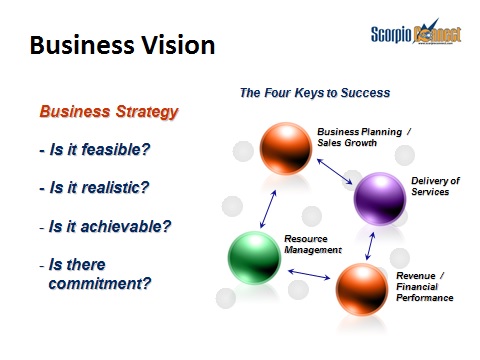Introduction
Any Commercial Business Strategy has to encompass a number of activities that will assist your organisation as you work towards your goal of delivering new projects and new and revitalised revenue streams into the business.
Any new strategy is effectively a ‘Work In Progress’ and will potentially evolve into detailed  business plans for specific projects over the allotted time period.
business plans for specific projects over the allotted time period.
This will help your organisation to identify and assess those markets and sectors that (together with the appropriate products and services) will deliver the optimum commercial business opportunities and profitable revenue for the business.
Effective business commercialisation is about making fundamental changes in how business is conducted in order to help cope with a shift in market environments and new patterns of demand, and then taking advantage of this in order to identify and deliver potential new revenue streams.
Such change can entail the development of new products and services that will capitalise on existing development work already undertaken by the business, which in turn will generate new and profitable revenue streams.
Essentially, the approach by the management of the business is targeted at:
- drawing on existing functionality and skill sets
- developing new products and services
- identifying and establishing new customers
- increasing market share
- generating new revenue streams
- increasing overall profitable revenue
- improving customer satisfaction
- rationalising resources
- reducing costs
Effective business commercialisation will be achieved by a combination of:
- developing new core products and services
- re-structuring of the organisation as required for efficient utilisation
- realigning the way staff work
- utilising technology to deliver the above in the most efficient way
Business commercialisation incorporates several stages, some of which may have already been addressed by the business – such as:
- recognising the need for change and gaining consensus amongst stakeholders that change is necessary
- agreeing what form the changes should take, the objectives of the change and a vision that outlines a better future
- understanding what the business is changing from and what it needs to change to
- assessing the new organisational strategy, and what business delivery model it would best be served by
- establishing the overall structure, support and management of the organisation
- assessing resource implications
- agreeing and implementing the new structure
- testing (and re-testing) – and then implementing the changes
- bedding in the changes so that the benefits are gradually being realised
To deliver real commercial value, any organisations must become more competitive, and be able to adapt to a changing and challenging marketplace.
This means facilitating innovation and change, re-engineering the ‘business’ processes, ensuring that any change is successfully implemented, and that ensuing benefits are achieved quickly and effectively.
All in all – looking at a broad range of services to support change; and provide a fresh approach in effecting and delivering such change.
Want to learn more about assessing Market Opportunities?

